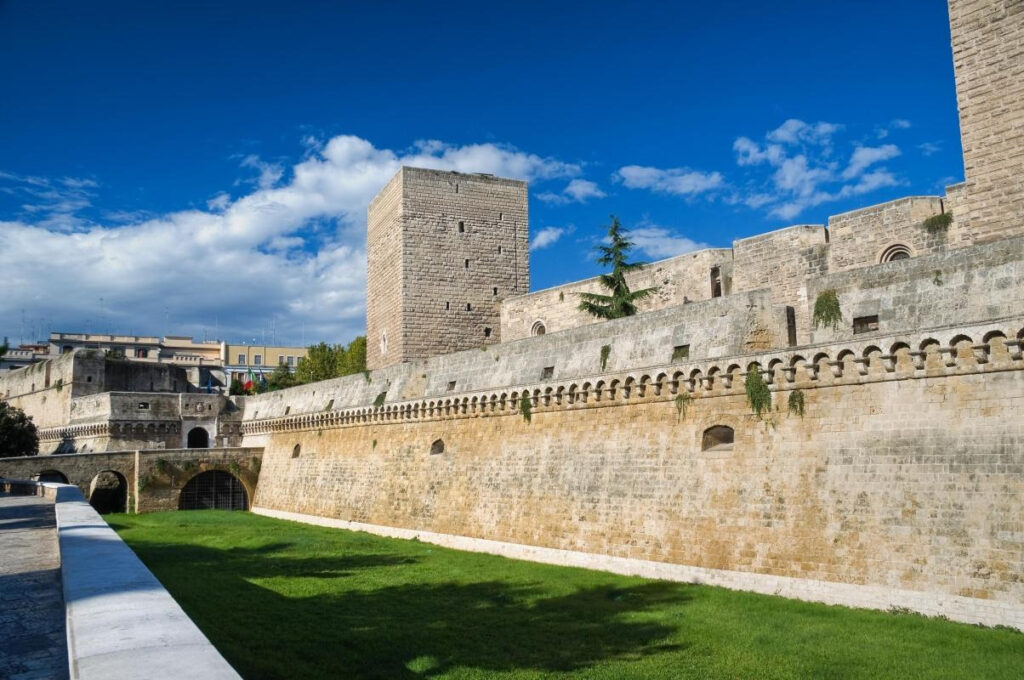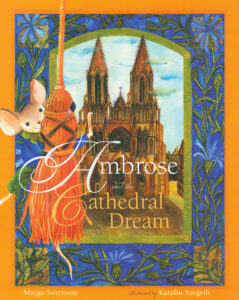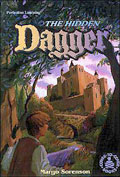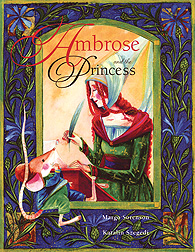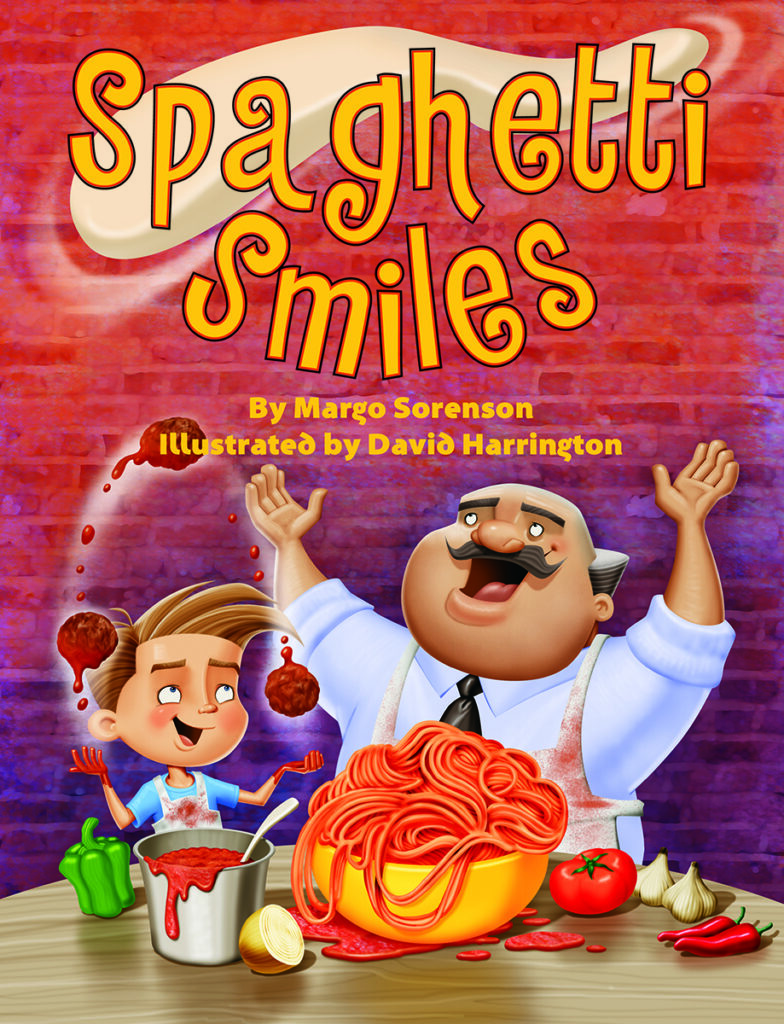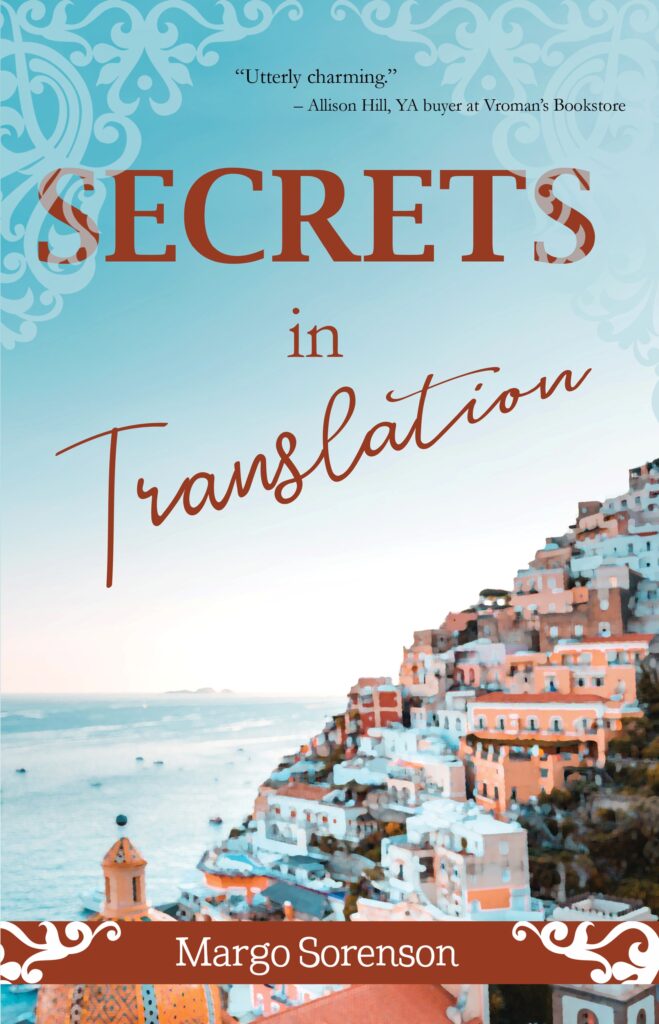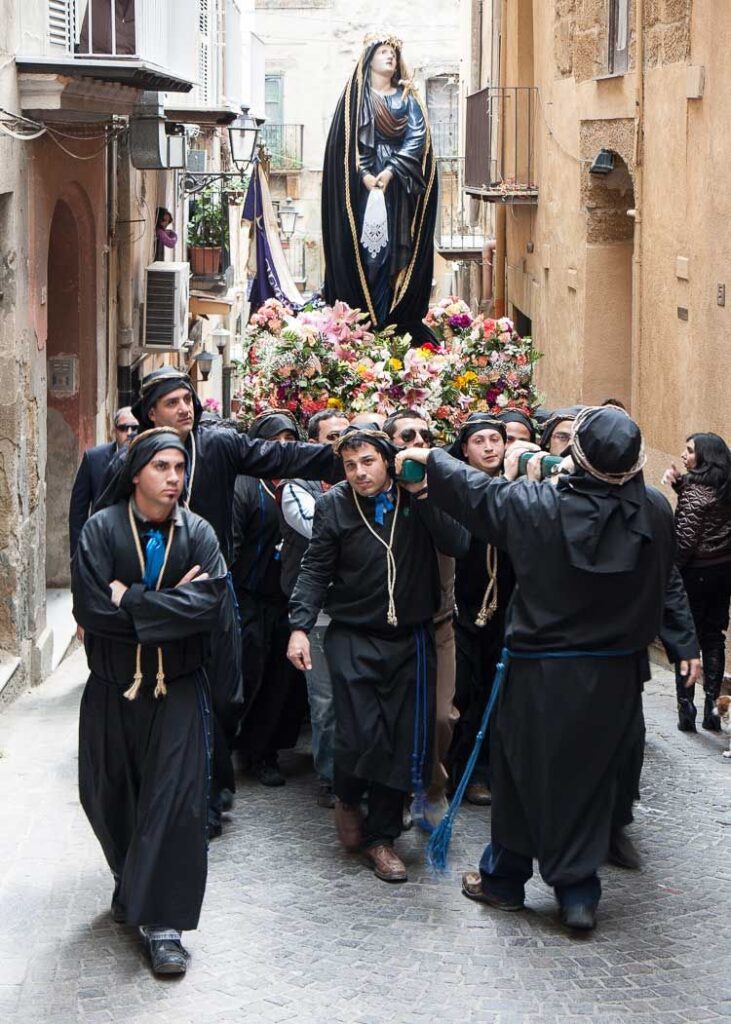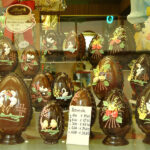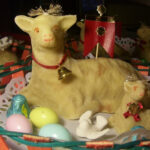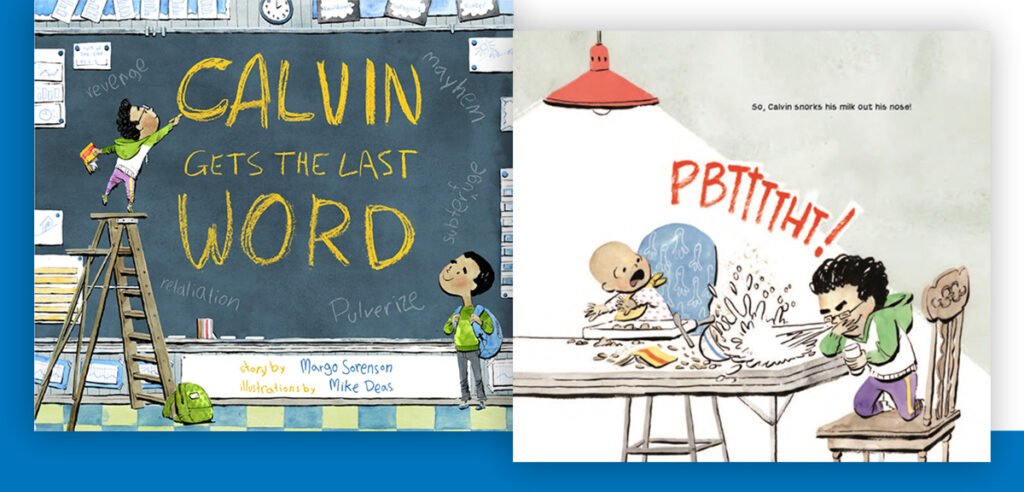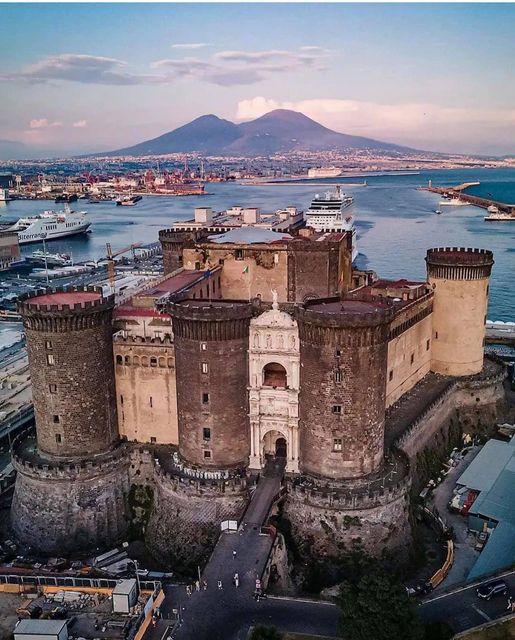
Written by Giovanni Pelliccia,
Vivere in Italia è un’esperienza meravigliosa, non solo per la sua ricchezza storico culturale con il bellissimo patrimonio paesaggistico, ma anche per la diversità enogastronomica che rappresenta una delle eccellenze italiane molto apprezzate all’estero. E patrimonio imprescindibile degli italiani è la nostra lingua, ormai scritta e parlata ovunque secondo un modello storico letterario fiorentino che nel corso dei secoli si è arricchita dei vari linguaggi settoriali. Per dare un esempio della complessità culturale italiana provo a immaginare la giornata ideale del turista mentre si sposta da una città all’altra come spesso mi è capitato. Partendo da Milano, dopo una colazione in Galleria con cornetto e cappuccino, si potrebbe visitare il Duomo medievale e poi partire dalla Stazione Centrale a bordo di un treno Freccia Rossa in direzione Venezia. La città lagunare è fuori del tempo mentre i veneziani parlano la nostra lingua che risuona nei canali mista al dialetto. Un rapido volo low cost e atterriamo a Firenze dove la lingua italiana è nata e la gente di Firenze sembra rievocare la parlata antica di Dante. Una corsa agli Uffizi per ammirare la venere del Botticelli e poi gustare una bistecca alla fiorentina nei pressi di Ponte Vecchio. Roma caput mundi. La capitale italiana riassume le contraddizioni e le eccellenze di una città che per quasi tremila anni ha visto la nascita e il progredire del genio italiano rappresentato dalle due culture che informano la storia della Nazione con i simboli del Colosseo e di San Pietro… ma anche del suo piatto più famoso, la pasta alla carbonara, forse inventata per piacere agli americani che amano il bacon.
Living in Italy is a wonderful experience, not only for its historical and cultural richness with a beautiful heritage landscape, but also for its food and wine diversity representing one of Italy’s excellent creations that are popular abroad. Moreover, the Italian language is an indispensable part of Italian heritage. The Italian language is written and spoken everywhere according to a historical Florentine literary model that during the centuries has been enriched by different sectoral languages. To give an example about the Italian cultural complexity, I try to imagine the ideal day of a tourist as he wanders from city to city, as I have often done. Starting from Milan, after a breakfast at Galleria with a cappuccino and a cornetto, you could visit the medieval Cathedral and then leave from the Central Station on board a Freccia Rossa train towards Venice. This “lagoon city” is timeless as Venetians speak our language that resonates in the canals mixed with dialect. A quick low-cost flight and we land in Florence where the Italian language was born and the people of Florence seems to evoke Dante’s ancient speech. A run to the Uffizi to admire the Botticelli’s Venus and then enjoy a Florentine steak near the Ponte Vecchio. Roma is the Capital of the World. The Italian capital summarizes contradictions and excellences of a city that for almost three thousand years has seen the birth and progress of Italian genius, represented by the two cultures that inform the history of the nation, symbolized by the Coliseum and Saint Peter’s Basilica, but also in its most famous dish, pasta carbonara, which may have been invented to please the Americans who love bacon.

